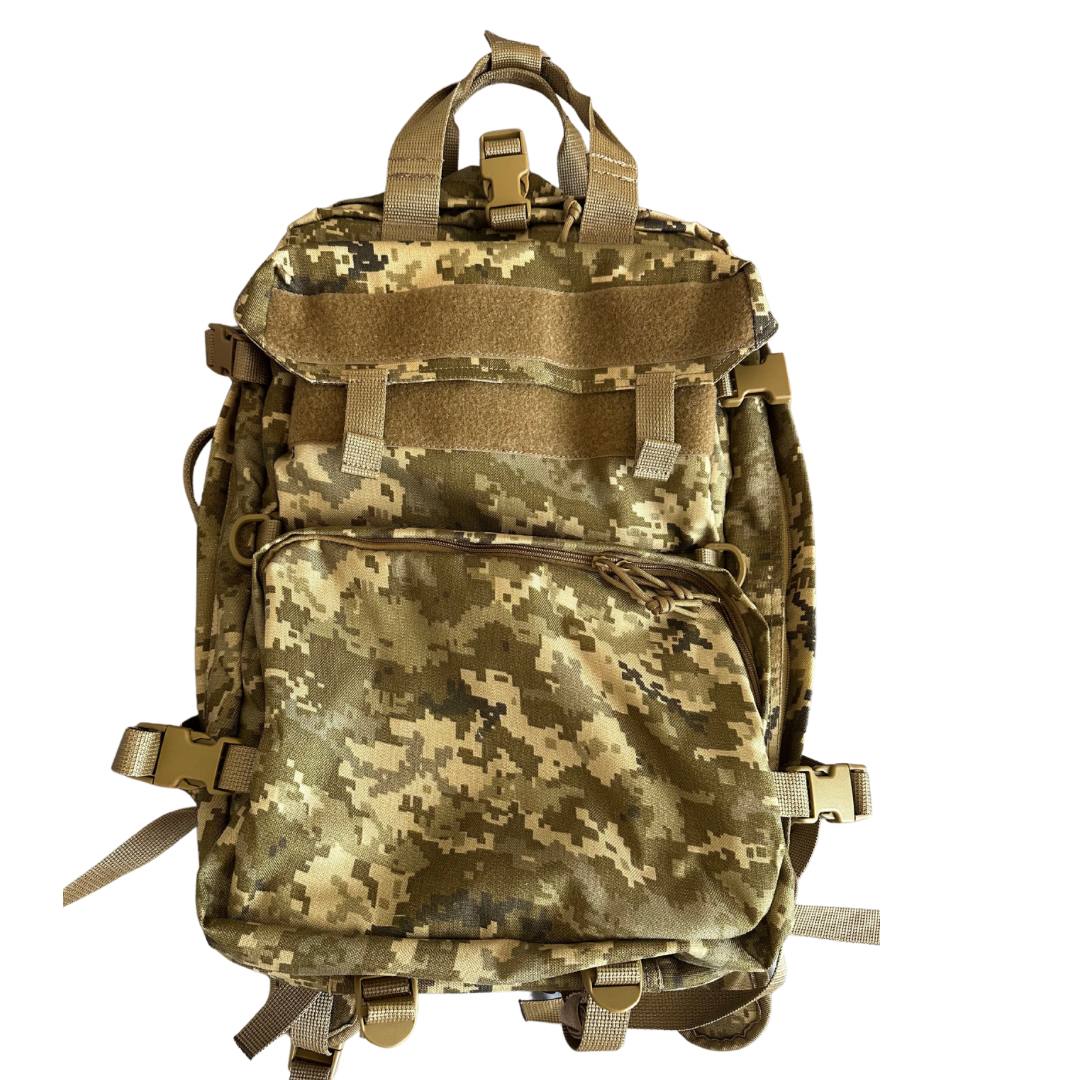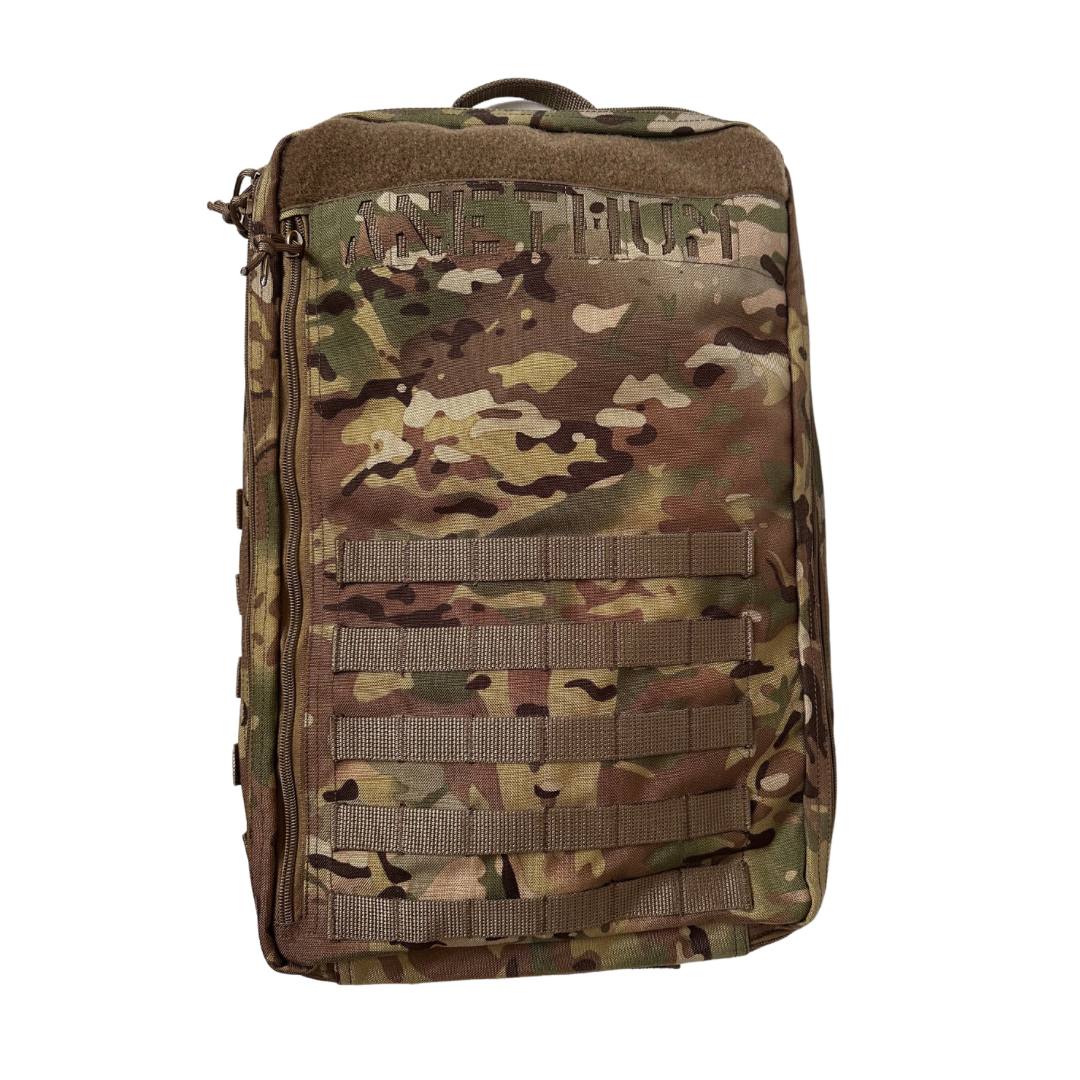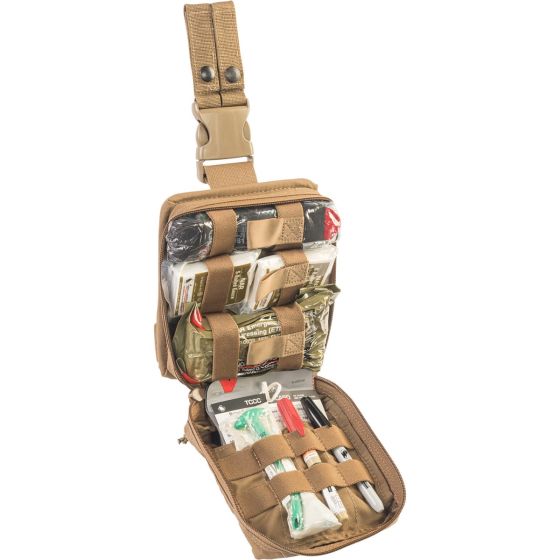What is a medical bag and its importance in tactical medicine
Content
- Features of medical bags
- Advantages of medical bags
- Composition of the tactical medical bag
- Basic Tactical Set
- Conventional medical kits
- Trauma Kits
- CBRN kits
- The importance of a medical bag on the battlefield
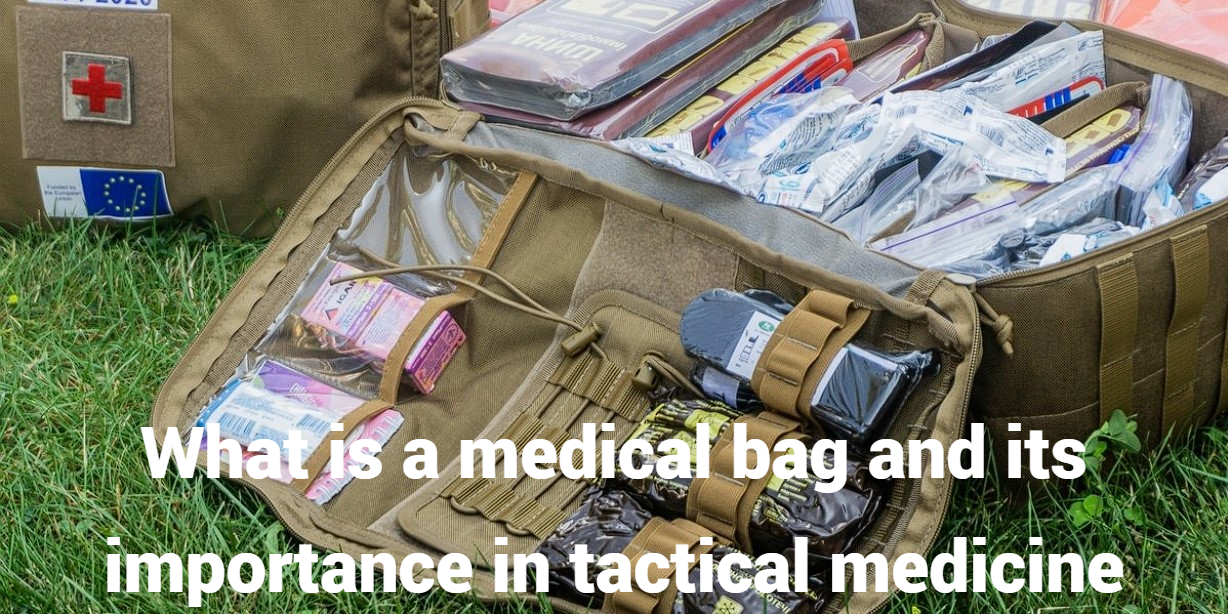
The medical bag is a key element in providing emergency medical care outside hospitals, especially in tactical medicine.
Specially designed bags for healthcare professionals provide convenient transportation and proper storage of medicines, instruments and bandages.
Their ergonomic design allows for a quick response to emergencies, making them an indispensable tool for saving lives in the most difficult conditions.
Features of medical bags
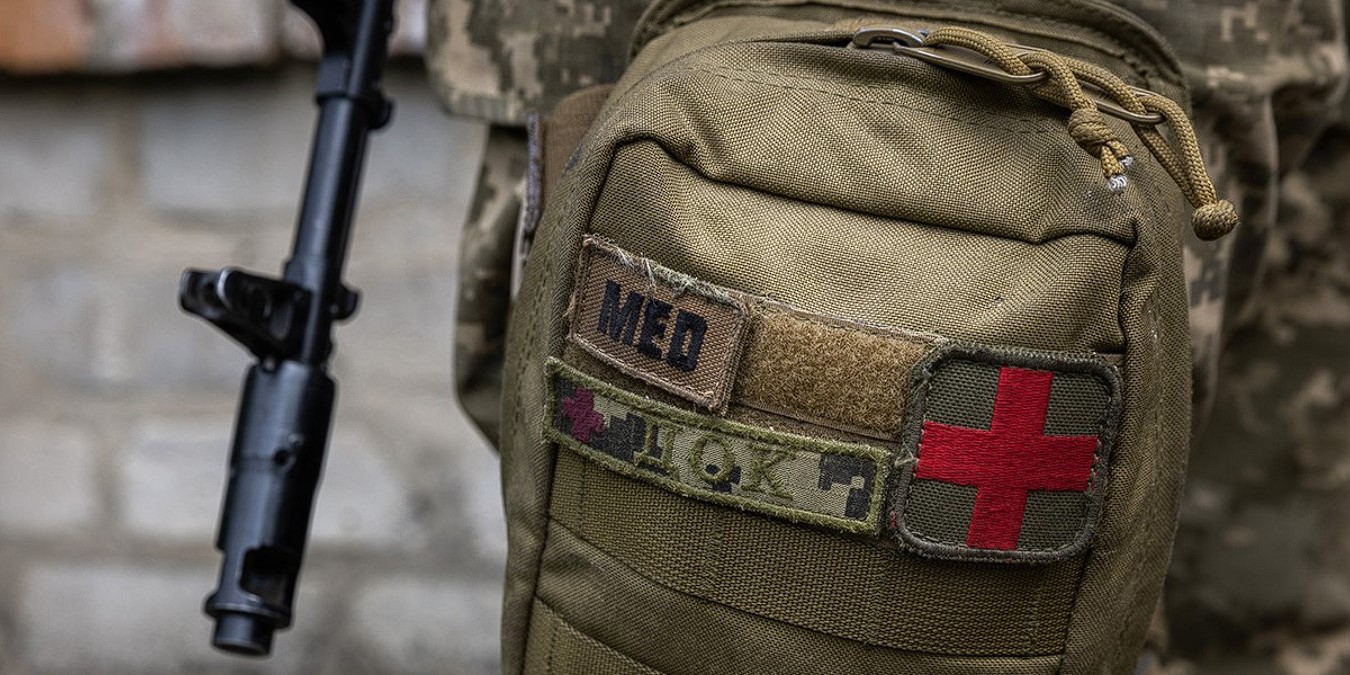
Medical bags have a number of important characteristics that make them indispensable for medical professionals, especially in emergency situations or when working in the field.
The main purpose of such bags is to provide convenient and safe storage and transportation of a basic set of medical instruments and materials necessary for performing various medical procedures.
These include instruments for primary diagnostics, injections and intravenous medicines, bandages, and a basic set of surgical instruments.
One of the key characteristics of medical bags is the presence of compartments for medicines that require special storage conditions. Some medicines, for example, may require a certain temperature regime to preserve their properties, so such bags have special sections that allow you to maintain optimal conditions for these drugs.
Many models also have ampoule holders, which are separate compartments for transporting ampoules and vials of injectable medicines. They securely hold the contents, reducing the risk of damage and loss of medicines during transport.
In addition, the medical bags have special compartments for storing documentation, which allows healthcare professionals to conveniently store and have quick access to important medical records, patient files and other necessary papers.
The organisation of the internal space of these bags is carefully thought out, allowing medical staff to easily find the right tool or material in an emergency. Each element has its own place, which greatly simplifies the doctor's work and reduces the time spent searching for the necessary equipment.
Medical bags combine functionality, reliability and security, making them an essential tool for providing quality healthcare in a variety of settings. From convenient space organisation to reliable protection of medicines and instruments, in every aspect, is designed to facilitate the work of medical staff and ensure a quick and effective response to medical needs.
Advantages of medical bags
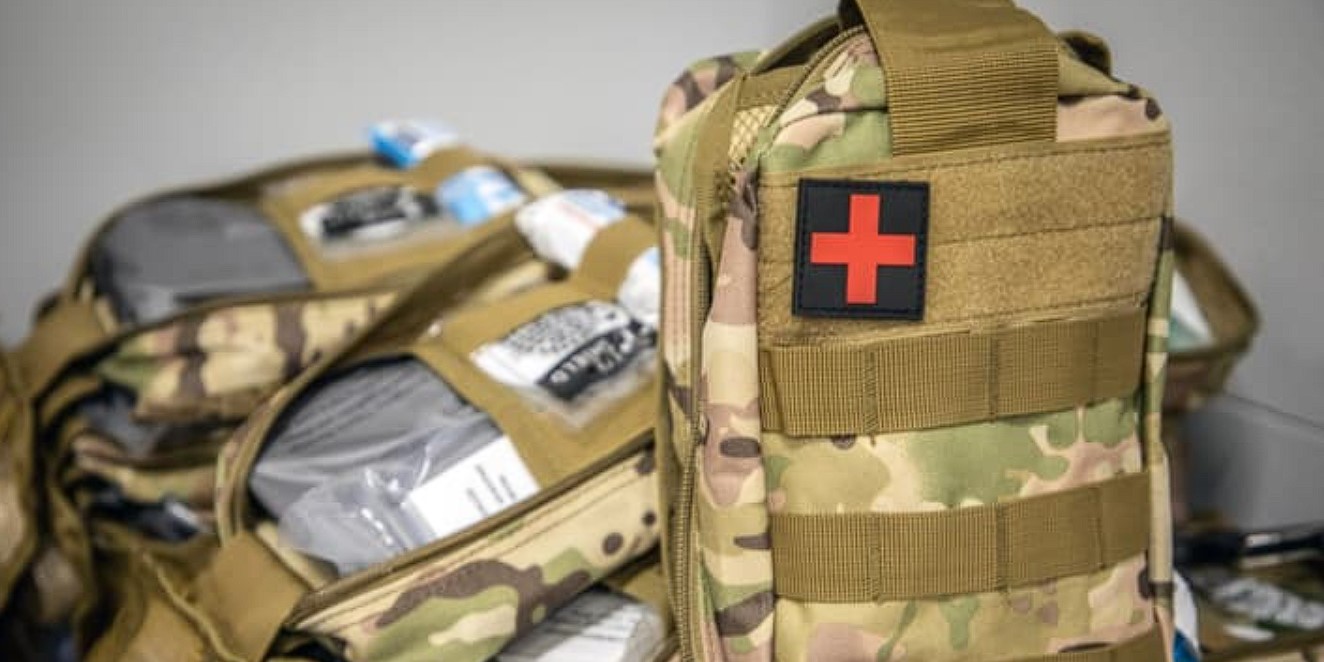
Medical bags have a number of significant advantages that make them indispensable for healthcare professionals providing emergency care in a variety of settings. The main advantages include:
- Mobility: Medical bags provide maximum convenience in transporting all the necessary tools and medicines. They are compact, take up minimal space, and thanks to their ergonomic design are easy to carry even in difficult conditions.
- Clear organisation of the internal space: The medical bags have a well-thought-out interior with a variety of compartments and pockets, which allows you to store all the tools separately and in an orderly manner. This facilitates the work process, allowing healthcare professionals to quickly find the right tool or medicine in an emergency.
- Quick access to equipment: Properly organised compartments in the bags ensure instant access to the contents, which is critical in situations where every second counts. Doctors can respond to calls quickly and efficiently thanks to the ease of use of such equipment.
- Reliability and durability: Made of durable, waterproof materials, medical bags ensure that medicines and instruments remain in good condition for a long time. They are resistant to wear and tear and do not deteriorate even after repeated disinfection.
- Protection from external influences: Thanks to their water resistance, the medical bags protect the contents from moisture and adverse external conditions, which is especially important when working outdoors or in the field.
The benefits of medical bags are obvious. They not only simplify the process of providing medical care, but also significantly increase the chances of a successful treatment outcome.
Composition of the tactical medical bag
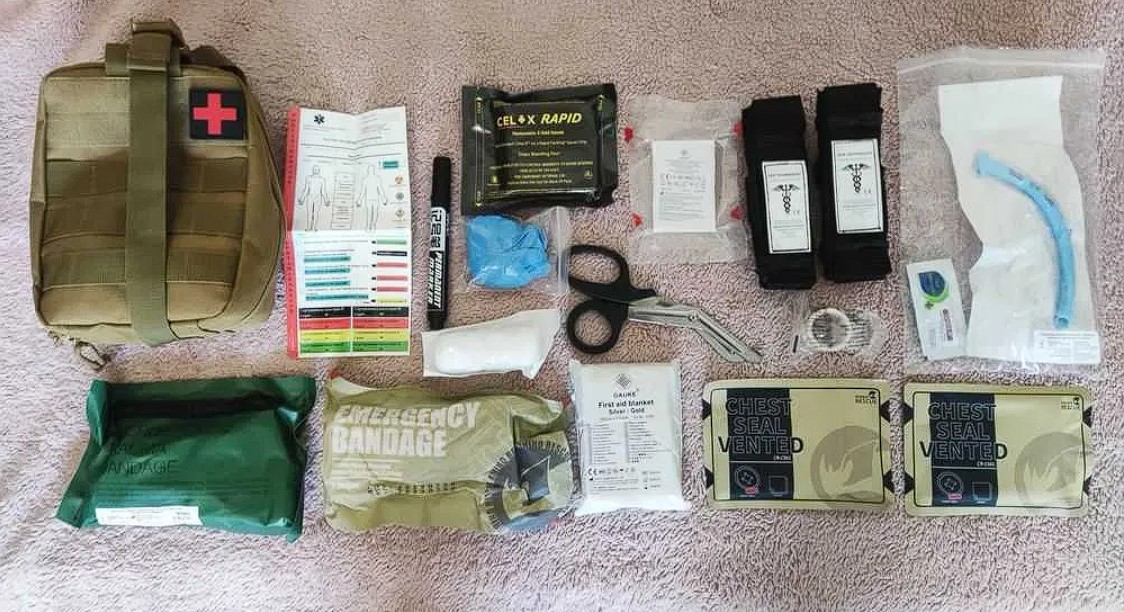
The composition of a medical bag determines its effectiveness in critical situations where every second counts. These bags are designed to provide medical professionals with everything they need to provide fast and high-quality care.
They include a wide range of medical devices and instruments that allow you to perform a variety of medical procedures - from stopping bleeding to providing basic resuscitation.
The correct configuration of the bag depends on the specifics of the tasks and conditions in which it will be used, which makes it extremely important for every medical professional to know its contents.
Basic Tactical Set
The basic tactical kit ensures effective medical care in emergency situations. It not only includes basic medical instruments, but also personal protective equipment that ensures the safety of the medical worker while providing care. The mandatory components are masks, gloves and goggles, which help prevent the transmission of infections and ensure safe working conditions.
- The main elements of a basic medical kit for tactical situations should also be noted:
- Airway intubation tools: necessary to ensure airway patency in case of obstruction.
- Wound care products: common dressings used to stop bleeding and prevent infections.
- Scissors: a versatile tool that allows you to quickly cut clothing or dressings in an emergency.
- Israeli chest wound bandages and products: these products provide reliable and fast treatment in case of serious injuries.
If you have enough space in your tactical medical bag, you can expand your basic kit by adding additional tools or medicines to increase the effectiveness of your care.
This can include specialised dressings, antiseptics or even supplies to help in extreme weather conditions. The right basic kit ensures that healthcare workers can respond quickly and effectively to any emergency.
Conventional medical kits
If you have enough space in your medical bag, it's important to fill it with the necessary supplies to ensure you can provide the right care in different situations.
Here are the main items that should be included in regular medical kits:
- Antibiotic ointment: used to prevent infections when treating wounds.
- Basic bandages and dressings: essential for stopping bleeding and covering injuries.
- Blood pressure cuff: helps to monitor the patient's condition.
- Burn treatment products: provide first aid for thermal injuries.
- Cold and hot packs: used to reduce pain or inflammation.
- Gauze and adhesive tape: important for securely fixing dressings.
- Hemostatic bandages: effectively stop bleeding in emergency situations.
- Over-the-counter medicines: useful for team members who may have specific needs.
- Personal care kits: such as insect repellent and sunscreen to keep you comfortable while you work.
- Additional protective equipment: gloves, masks and eye protection to ensure the safety of medical staff.
- Tourniquet: an important element for controlling serious bleeding.
- Trauma scissors: used to quickly cut clothing or dressings.
- Tweezers: handy for removing foreign bodies from wounds.
- Eye treatment: necessary in case of foreign bodies or irritants.
Professional advice: in emergency situations, the rule "two is one, and one is none" takes on special significance.
Additional supplies are essential if you want to minimise risks and ensure the safety of yourself and your patients. Being properly prepared and having all the necessary items in your medical kit can greatly improve the effectiveness of your care in critical situations.
Trauma Kits
In the work of medical professionals, trauma is an integral part of their job, and ensuring that they receive the right care in such cases is critical. If you plan to make trauma care a part of your everyday medical practice, it is important to stock your tactical first aid kit with the right products.
These are the main elements that should be included in a trauma kit:
- Abdominal bandages: effective for providing pressure on large wounds or for stabilising injured areas.
- Chest decompression equipment: vital for the treatment of injuries affecting the respiratory system.
- Hemostatic bandages of different sizes: allow controlling bleeding that occurs in case of injuries.
- Israeli bandages: stop bleeding quickly and effectively, providing ease of use.
- Manual suction: Allows for the removal of fluid or foreign bodies from the airway, which can be critical.
- Chest wound suction seals: provide a tight seal and prevent air from entering the chest cavity.
- Collapsible stretcher or tent for transporting the injured: provides safe and convenient transportation of injured persons.
- Tourniquets: an effective tool for controlling serious bleeding, allowing you to quickly stop the blood.
The contents of a trauma kit should be adapted to the specifics of your work and the environment in which you provide care. Proper preparation and the availability of all the necessary elements in the kit can significantly increase the chances of successful trauma treatment and ensure patient safety in critical situations.
CBRN kits
CBRN (chemical, biological, radiological and nuclear) kits include specialised tactical medical supplies that are significantly different from traditional trauma or routine medical care kits.
If you anticipate a possible CBRN threat, it is important to supplement your medical equipment with the following items:
- Standard protective equipment: gloves, masks and goggles to ensure the safety of medical staff working in hazardous environments.
- Basic decontamination equipment: such as DQE, for disinfecting surfaces and tools that may be contaminated with hazardous substances.
- Blister care: products that help treat skin and mucous membrane lesions.
- Burn care: specialised products for the treatment of thermal and chemical burns.
- Blood pressure cuff: used to monitor the condition of patients in critical situations.
- "Royal" tubes: help to ensure airway patency in patients.
- Manual suction: allows you to remove liquids or foreign bodies from the airway.
- Flashlight handle: a useful tool for lighting up the darkness when providing care.
- Stabilisers for seizures: are necessary to control epileptic seizures or other seizure conditions.
When putting together a tactical kit for yourself or your family, it is important to customise it according to the type of care you plan to provide. You may need additional medicines, such as epinephrine, to treat allergic reactions or naloxone to counteract an overdose.
Well-stocked kits should also include first aid kits, basic medicines and everyday equipment such as bandages, medical scissors and adhesive tape.
As medical equipment can be heavy, especially if you are wearing a different tactical kit, it is important to carefully assess what is critical and what may be limited for a particular mission.
The importance of a medical bag on the battlefield

A medical bag is an indispensable element in the arsenal of every medical professional working on the battlefield. Its importance is hard to overestimate, as it provides quick access to vital medical supplies in critical situations. On the battlefield, where every second counts, a medical bag acts as an organiser containing all the necessary tools and medicines to provide emergency care.
It provides mobility and ease of transport, which are important factors in environments where medical personnel may be forced to quickly change positions or move to victims. The structured organisation of the bag's interior allows medical staff to quickly find the necessary tools, which can be crucial to saving lives.
The presence of specialised items such as bleeding control, dressings and airway tools makes the medical bag a key component of the first aid system. A medical bag not only stores tools, but is also strategically important, as a properly stocked kit can have a significant impact on the outcome of treatment of the wounded.
The importance of a medical bag on the battlefield lies not only in its functionality, but also in its ability to provide fast, effective and safe assistance in emergency conditions. Providing medical professionals with high-quality and well-designed medical bags is one of the key aspects of increasing the survival rate and preserving the health of military personnel in combat.
